1) West Ham
West ham were an interesting team in 2012/13; good at home, absolutely terrible away from home where they were routinely and heavily out-shot. Now, that 12/13 performance away from was, or so I thought, due to West ham being a newly promoted team and thus overpowered by established PL teams. Thing is West Ham's poor shots form has continued into this new season and spread to both home and away form. 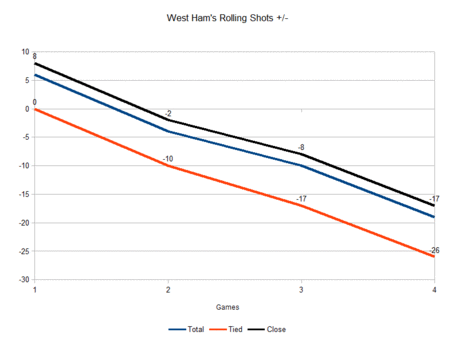 This is West Ham's rolling shots +/- and as we can see it's trending in the wrong direction over these first four games. Obviously this chart merely shows West Ham's raw shots numbers, so let's look at the important shots on target information. SoT% = SoT/Total Shots
This is West Ham's rolling shots +/- and as we can see it's trending in the wrong direction over these first four games. Obviously this chart merely shows West Ham's raw shots numbers, so let's look at the important shots on target information. SoT% = SoT/Total Shots
| SoT Rating | SoT% For | Prev% | |
| West Ham | 96.42 | 15.38 | 81.03 |
There is good and bad news. The Good: West Ham's SoT Prevention% is crazy good. West Ham are squeezing the opposition and forcing them to shoot from shitty angles or long distance or areas where shots are likely to be blocked. The Bad: That Sot % for figure is terrible, just horrible and it's going to have to improve quickly before a quirk turns into a trend. League average SoT for % is 31.7% after 39 games. In short, West Ham are being beaten soundly in the shots count, have a poor SoT for % number and are merely surviving up to now due to the SoT prevention number listed above and a 91% save percentage (league ave is 70%). Room for improvement.
2) Performance Of The Week
Tottenham. Crushed. Norwich. Tottenham are an interesting team to watch this year and not just because they acted out a football manager-like spending splurge for some of Europe's best players. Spurs have a fine young manager, a talented and deepish squad and lots of options in the forward/attacking mid department. But the main reasons I find them interesting is to watch how AVB attempts to mash all these pieces together to form a coherent unit and how long will that mashing take? If these new players bed in and learn the attacking scheme quickly then Tottenham will be, well, top 4.
3) Scoring% & Goals
Earlier today Mark Taylor penned an article titled A Premiership goal Drought which looks at the low number of goals, 74, scored from the first 39 games. I heartily recommend reading Mark's article which prompted the following tweets: On the topic of the final goals scored total at the seasons end.
@TheM_L_G @marktaylor0 Well, I don't think it would be the same. I'd expect it to be about 1-2% lower. — Daniel Altman (@altmandaniel) September 16, 2013
Since it's a hot topic today, I'll go on record as saying there are solid systemic reasons to think PL scoring will drop 5% this season — Ted Knutson (@mixedknuts) September 16, 2013
@altmandaniel @TheM_L_G @MarkTaylor0 I think that a 6% drop has been about the biggest in recent years. — Simon Gleave (@SimonGleave) September 16, 2013
Ted goes onto list Fergie's departure at Man United, Tottenham fixing their defense and Mourinho's PL return as possible causes. Now, I'm not going to argue with these big beasts who are far smarter than I, but I checked on a couple of year-on-year numbers to see if anything stood out. Shots In 2012/13 there was 9.17 shots on target per game and 27.8 shots per game In 2013/14 there has been 8.15 shots on target per game and 25.58 shots per game. It's clear that 13/14's numbers are slightly down from the previous year, but small samples, variance, quirks and closely fought fixtures can have effects on these numbers. Scoring% League average Scoring% over the course of a season will settle at somewhere close to ~30%. In 2013/14 league scoring% is just 23.27%. Time Spent Drawing (link) I assumed that any increases in the amount of time spent drawing may have led to a lower number of goals scored.There has been an average of 41.2 mins per game so far in 13/14. In 12/13 the average was ~46.5 minutes. Three simple categories, none of them tell us anything particularly interesting given the small number of games played thus far but if pushed I'd say that the big drop of in scoring% is responsible thus far. And we know what happens to scoring%? STill, the drop off in shots on target is curious. New systems, new players and new managers.
4) Save Of The Week
Gareth Barry take a bow.
5) Newcastle
Oh Newcastle, what is this? 7 points after 4 games, this isn't how it was supposed to look considering the shambles of the transfer window? Newcastle were shellacked in their first PL game of the season as Man City ran up the score and Steven Taylor was dismissed for a foolish elbow in a game that was fairly described as a shambles from Newcastle's perspective.
Since that opening day defeat Newcastle toiled against a stubborn and restrictive West ham team, beat Fulham and Villa away. The common theme throughout these three games? The opposition was destroyed by the shots count. In fact, despite that opening day defeat, Newcastle have some of the best underlying shots numbers in the league. Percentage share of the shots count. TSR=Total Shots. SoTR= shots on target. Fenwick=total shots with blocked shots removed.
| Tied | Close | Total | |
| TSR | 74.14 | 67.06 | 59.80 |
| Fenwick | 74.47 | 69.57 | 60.98 |
| SoTR | 62.50 | 68.00 | 54.55 |
All of these numbers are nice and healthy. It makes a refreshing change to have something positive to write about Newcastle United football club. Naturally, some of these excellent numbers will regress over time. But my Lord does it make a difference when a team doesn't have a crippling list of injured key players. Things that are different so far this year: Coloccini is fit. Ben Arfa is fit. Tiote is fit. Krul is fit. Pardew isn't fucking things up. PDO has regressed nicely in Newcastle's favour and the fixture list isn't the most difficult one will ever see. Let's see where Newcastle are after ten games. There'll be no relegation battle this year. Famous last words!
6) Goal Of The Week
Douglas Costa. Golazo
7) City's Away form
There was gnashing of teeth aplenty after Man City drew yet another game at the Brittania stadium but that draw should have come as no surprise. Man City have had fairly pressing issues with away from for some time. In 11/12, the title winning season, Man City managed 34 points on the road and 55 at home. In 12/13 Man City managed 33 points on the road and 45 points at home. Last season Man City's away form was only the 6th best in the entire league. City's shots count was good, their possession was numbers were fine but they just could not score enough goals. These issues have spilled over in 2013/14 with the goal-less draw at Stoke serving as the perfect example of City's ills. A lack of chance creation or variety, no penetration and too little width are just a few of tactical items that need addressing. When Pellegrini was hired as Man City manager I wrote that fixing the away form was priority #1 and to do this the Chilean would have to fix Man City's scoring% on the road. The scoring% sits at 25% through two games but City's style of play and the disorganized feel about the team are causing concern among City fans. Pellegrini needs time to figure the PL out. The players need time to figure Pellegrini out. New manager, new players and new tactics but the same away day troubles so far.
8) Podcast!
Listen to Ted Knutson and myself discuss topics as diverse as Ozil, West Brom, Diego Simeone, Tottenham, Mourinho and Barcelona. <link>
9) Swansea v Liverpool
It should be a pretty fascinating game this evening and it'll be even more interesting if Liverpool fall a goal behind. So far this season Liverpool have tended to score early and then retreat into a defensive shell with limited counter attacking spikes. We have seen so far this season that Liverpool can defend a lead but can they break teams down? We just don't yet. Liverpool's odds to qualify for the top 4 have shortened to 11/10 and although I think they have improved mightily since Coutinho and Sturridge arrived in January I still think it's a tall task to assume Liverpool will qualify for the CL. Liverpool finished with 61 points in 12/13, can they add another 9 or 10 points in order to break the top 4? Possibly. But with Tottenham and Arsenal arguably having strengthened this Summer it remains a big ask, great underlying numbers and all. Swansea are 1.61 win or draw (double chance)
10) Move Of The Week
This is just a gorgeous football sequence. Rooney marries tremendous vision with flawless execution and the take and technique that was then displayed by van Persie is genuinely world class. Only a matter of inches and the crossbar deny this sequence the goal of the week honours.








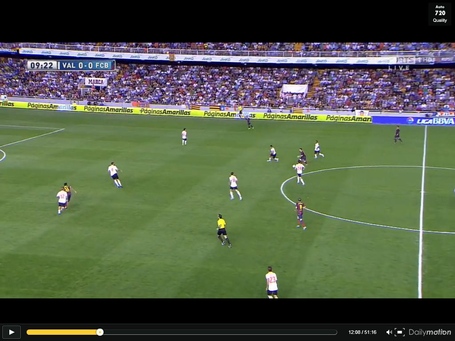

















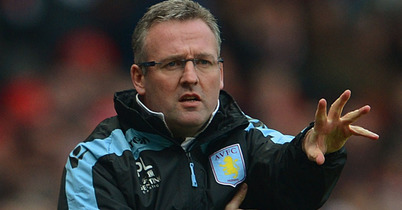




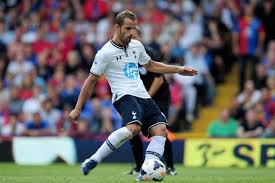





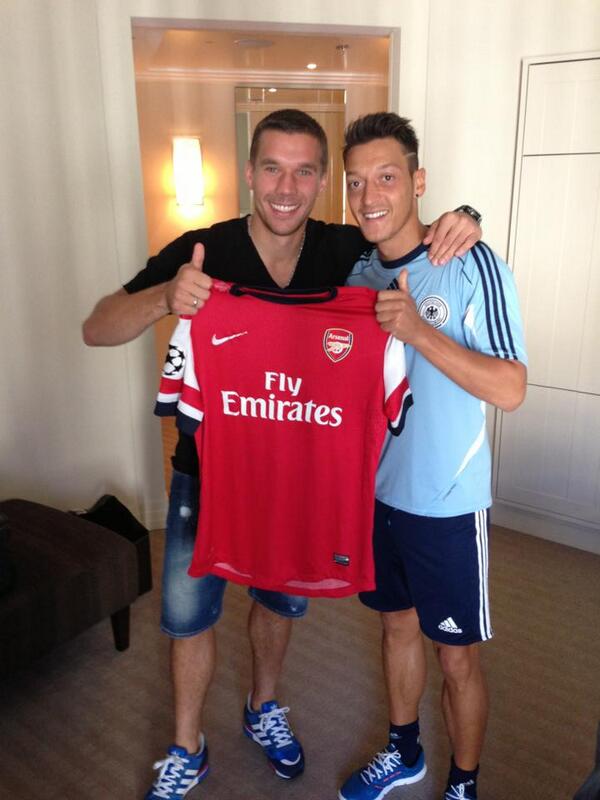


 You never can be sure with deadline day deals but it appears increasingly certain that Mesut Özil has become an Arsenal player for 42m Euros. It's a happy ending to a fraught Summer. But Özil was worth the wait. Most of us are familiar with Özil's style: a graceful player, a wand of a left foot and an above average work-rate. But by far Özil's best skill and most dangerous trait is his truly elite passing ability. Almost all neutral fans will agree that Özil will be a fine addition to the Premier League. As for the Arsenal fans, all the collective pain and inertia that the summer window had wrought may suddenly fade from memory with with this signing. Unless I am very much mistaken Özil's signing will be the biggest import transfer in Premier League history at around £40m. And he may just be worth it.
You never can be sure with deadline day deals but it appears increasingly certain that Mesut Özil has become an Arsenal player for 42m Euros. It's a happy ending to a fraught Summer. But Özil was worth the wait. Most of us are familiar with Özil's style: a graceful player, a wand of a left foot and an above average work-rate. But by far Özil's best skill and most dangerous trait is his truly elite passing ability. Almost all neutral fans will agree that Özil will be a fine addition to the Premier League. As for the Arsenal fans, all the collective pain and inertia that the summer window had wrought may suddenly fade from memory with with this signing. Unless I am very much mistaken Özil's signing will be the biggest import transfer in Premier League history at around £40m. And he may just be worth it. 